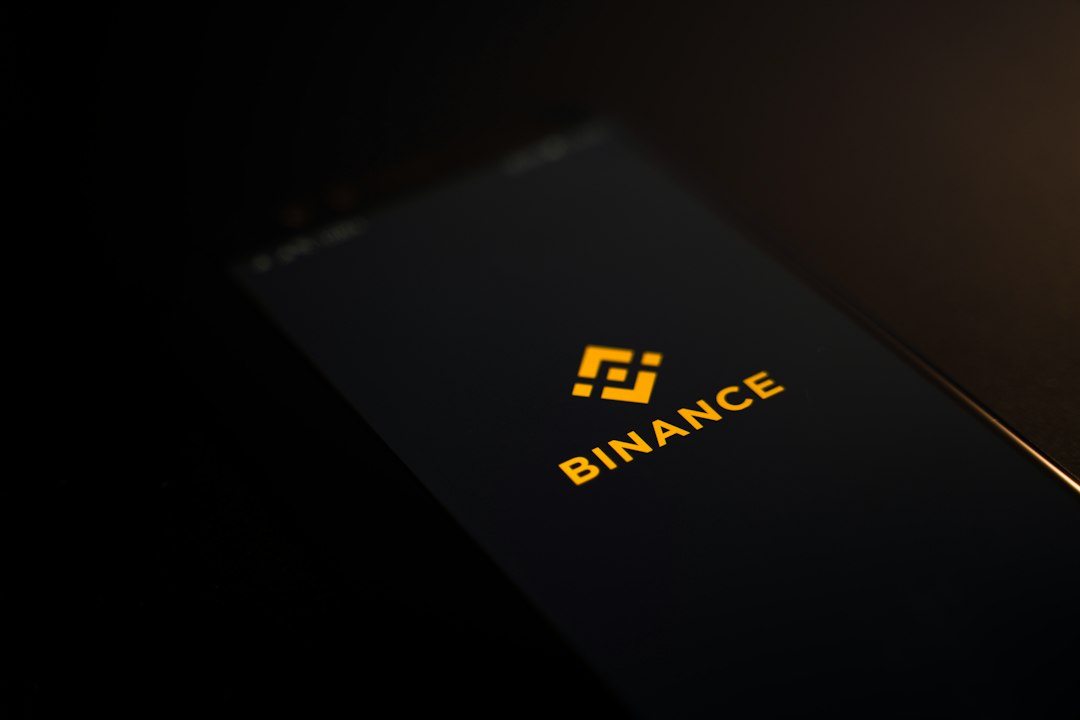Prominent Decentralized Crypto Derivatives Exchange dYdX Unveils Open-Source Code for Version 4
dYdX, a decentralized crypto derivatives exchange, has released the open-source code for its upcoming version 4. This release marks the initial phase of the v4 upgrade as dYdX transitions from the Ethereum layer-2 network to its dedicated standalone blockchain. The new dYdX Chain is built on the Cosmos SDK and Tendermint Proof-of-Stake consensus protocol, and it is expected to support up to 2,000 transactions per second.
Standalone Cosmos-Blockchain
dYdX’s decision to integrate Cosmos into version 4 is a strategic move after considering various blockchain technologies. The team recognized the need for an orderbook-based protocol to meet the demands of experienced traders. Existing off-chain orderbook systems were found lacking in critical components, leading to issues like frontrunning and trade collisions. In dYdX v4, each validator will run an off-chain in-memory orderbook that ensures orders and cancellations are processed through the network similar to blockchain transactions. The orders will be matched in real-time and recorded on-chain with every new block, resulting in high throughput while maintaining decentralization.
Cosmos offers flexibility that allows dYdX Chain to be tailored to its specific requirements. Gas fees are eliminated and replaced with fees based on executed trades, similar to dYdX v3 and centralized exchanges. These fees will be directed to validators and their stakers for fair compensation.
dYdX Trading founder and CEO Antonio Juliano stated that this release represents the full decentralization of dYdX and aligns with their mission to democratize access to financial opportunity.
Transition from Ethereum to Cosmos
dYdX’s move to the Cosmos ecosystem allows them to build a custom chain for their high-velocity trading use case. They have also introduced a Decentralized Autonomous Organization (DAO) to promote decentralized governance, with 14 proposals and active voting engagement from token holders.
Hot Take: dYdX Unveils Open-Source Code for Version 4, Transitioning to Standalone Cosmos-Blockchain
dYdX, a leading decentralized crypto derivatives exchange, has released the open-source code for its version 4 upgrade. This release marks the beginning of dYdX’s transition from the Ethereum layer-2 network to its dedicated standalone blockchain based on Cosmos. The new dYdX Chain is expected to offer high throughput and decentralization with its orderbook-based protocol. By integrating Cosmos, dYdX gains flexibility and eliminates gas fees, replacing them with fees based on executed trades. This move represents a significant step towards full decentralization and aligns with dYdX’s mission of democratizing access to financial opportunities. With the introduction of a DAO and active voting engagement, dYdX embraces decentralized governance within its ecosystem.
Owen Patter is a distinguished crypto analyst, accomplished researcher, and skilled editor, leaving a notable imprint on the cryptocurrency landscape. As a proficient crypto analyst and researcher, Owen delves into the intricate realms of digital assets, offering insights that resonate with a diverse audience. His analytical acuity is harmoniously paired with adept editorial skills, allowing him to transform complex crypto information into easily comprehensible content.

